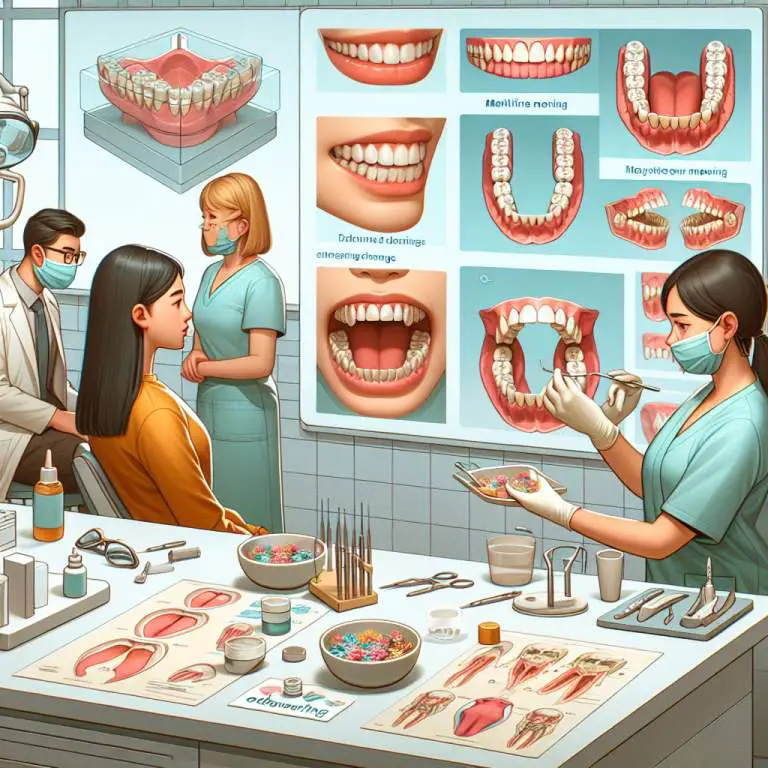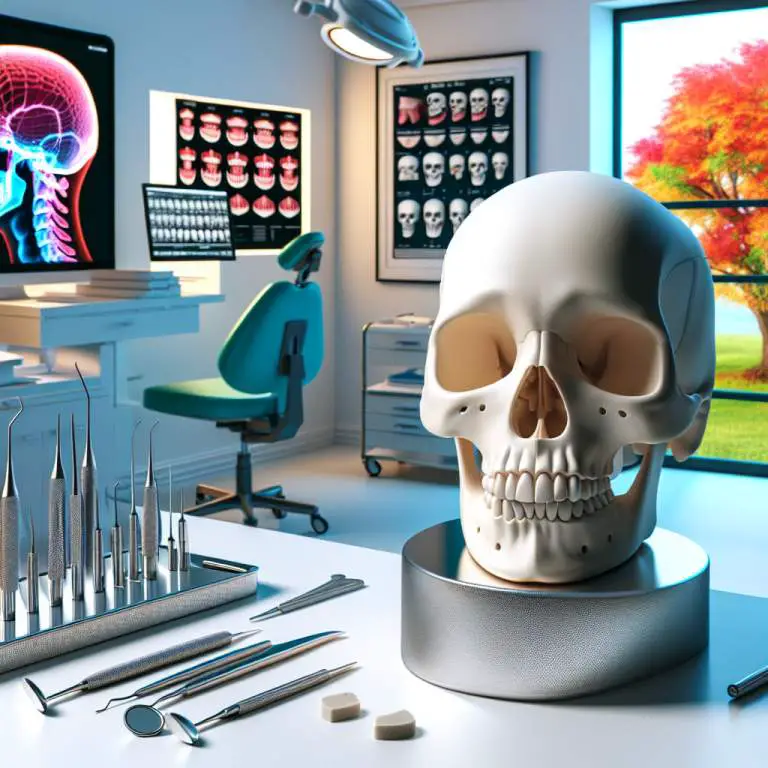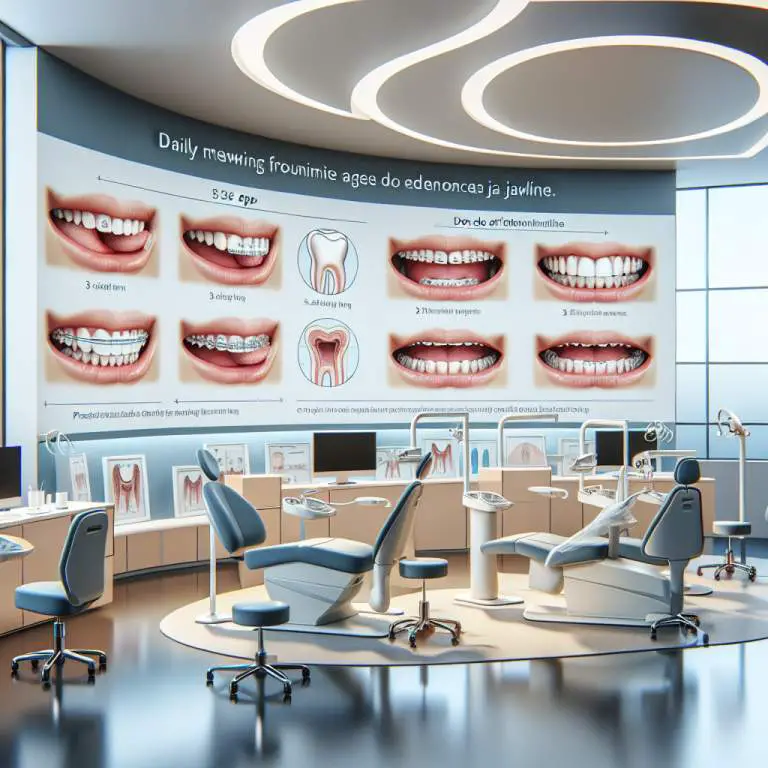What timeframe should I expect for jawline improvements through mewing?
When you start mewing, expect to see jawline improvements within a few months to a year. However, the exact time can vary based on how often and correctly you practice the technique. For best results, make sure to consistently apply proper tongue posture every day. This way, you might begin noticing changes in your jawline shape over time.

How does mewing work to reshape the jawline?
Mewing is a technique that involves positioning your tongue in a specific way against the roof of your mouth. This action is supposed to help change the shape of your jawline over time. The idea is that by keeping your tongue pressed up, you can influence the bones in your face and jaw to grow differently.
This method was created by Dr. John Mew, who believed that proper tongue posture could lead to a more defined jawline. When you practice mewing, you’re also supposed to keep your lips together and teeth slightly touching. This position is thought to encourage the muscles around your jaw and face to work in a way that could make your jawline look sharper.
What are the correct techniques for effective mewing?
To do mewing correctly, you need to start by placing the entire flat part of your tongue against the roof of your mouth. Make sure it’s not just the tip but all of it, from front to back. This might feel strange at first, but it’s important for getting good results.
Next, ensure that your lips are closed and your teeth are lightly touching or almost touching. You should be breathing through your nose while doing this. It’s crucial to maintain this posture as much as possible throughout the day. Remember, consistency is key with mewing; doing it once in a while won’t be as effective.
Can everyone achieve jawline improvements through mewing?
While many people have shared their success stories online, it’s important to understand that results can vary greatly from person to person. Factors like age, genetics, and how consistently you practice mewing play a big role in what kind of changes you might see.
Younger individuals may notice improvements more quickly because their bones are still growing and can be influenced more easily. However, even adults can see changes over time with consistent effort. It’s just important to manage expectations and understand that not everyone will experience dramatic transformations.
What factors influence the timeframe for seeing results from mewing?
The time it takes to see results from mewing can depend on several factors. One major factor is age; younger people tend to see changes faster because their facial bones haven’t fully set yet. Genetics also play a significant role in how quickly and effectively one might see improvements.
Another important factor is how consistently you practice mewing throughout each day. The more diligent you are about maintaining proper tongue posture, the more likely you are to see changes over time. Additionally, starting with less defined facial features might mean it takes longer to notice visible improvements compared with someone who already has some definition.
| Time Frame | Expected Changes |
|---|---|
| 1-3 Months | Slight changes in tongue posture; minimal visible change in jawline. |
| 3-6 Months | Improved tongue strength and posture; possible slight enhancement in jaw definition. |
| 6-12 Months | Noticeable improvements in facial structure; clearer jawline definition. |
| 1-2 Years | Significant changes in jawline and facial symmetry; more pronounced cheekbones. |
| 2+ Years | Potential for maximum genetic potential in facial aesthetics; highly dependent on individual factors. |
How can I track my progress with mewing?
To track your progress with mewing, taking photos of your profile and jawline at regular intervals is a good idea. This could be weekly or monthly, depending on how closely you want to monitor changes. Make sure the lighting and angle are consistent each time for accurate comparisons.
Another method is to keep a journal detailing your mewing practice, including how often and how long you do it each day. Note any feelings of discomfort or ease as you adapt to the technique. Over time, you may also observe changes in how your bite feels or how your mouth rests naturally.
Are there any risks or potential side effects of mewing?
Mewing, when done correctly, is generally safe but there are potential risks if not practiced properly. Incorrect technique can lead to jaw pain, misalignment, or temporomandibular joint (TMJ) issues. It’s important to research thoroughly and consider consulting with an orthodontist before starting.
Additionally, excessive force or overdoing the exercises can strain muscles and joints around the jaw and neck. If you experience pain or discomfort beyond initial adjustment periods, it’s wise to pause and seek professional advice.
What additional exercises or practices can complement mewing for better results?
Chin tucks are an excellent exercise to complement mewing because they help strengthen the neck muscles and improve posture. A good posture supports the correct tongue position that mewing aims for. To perform a chin tuck, pull your head back until your neck is aligned with your spine, creating a double chin effect.
Jaw exercises that promote strength and flexibility can also enhance mewing results. Gentle opening and closing of the mouth against resistance, like pressing against a hand or using rubber bands designed for this purpose, can help. Remember to proceed with caution to avoid overexertion.
Final Thoughts
Mewing offers a natural way to potentially improve jawline definition through proper tongue posture. Tracking progress through photos and journals can motivate you by showing gradual improvements over time. However, patience is key as changes take time to manifest visibly.
Bear in mind the importance of correct technique to avoid any negative side effects. Complementing mewing with other exercises can further enhance results but always listen to your body’s signals. Consulting with professionals when in doubt ensures that you’re on the right path towards achieving your desired outcomes safely.







